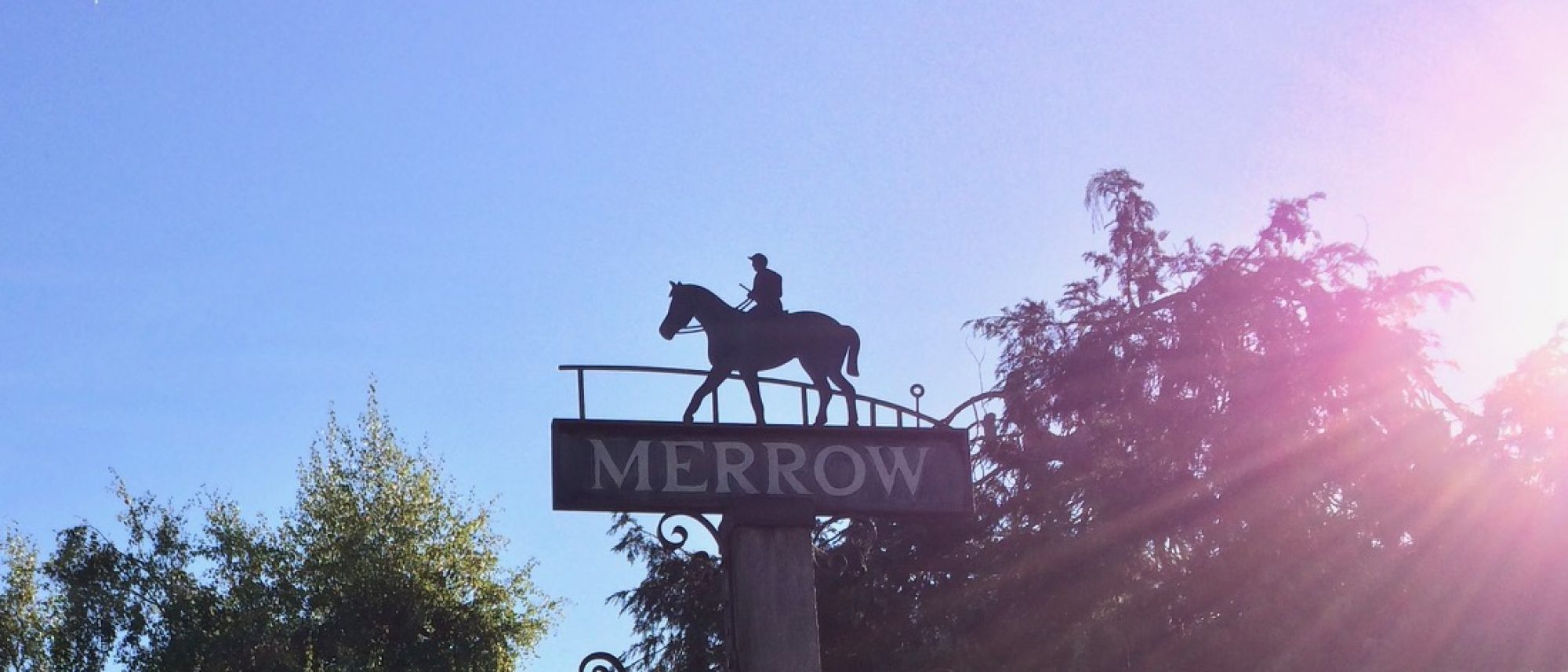1) Rewilding a part of your lawn:
a) To suppress grasses and allow native plants to grow, sew Yellow Rattle (Rhinanthus minor) seeds in part of your lawn. For seed see https://www.naturescape.co.uk/product/yellow-rattle-seed-packet-2g-rhinanthus-minorapprox-600-seeds/
b) Only cut this area once a year with a high cut in late September/early October when wildflower seeds have dropped, take off the cuttings (after 1-7 days) so as not to enrich the soil
c) Plant the following native larval host plants (LHP) in your lawn:
i) Common Bird’s-foot Trefoil (Lotus corniculatus) Primary LHP of Common Blue, Green Hairstreak & Dingy Skipper (you may already have it in your lawn or a neighbour’s)
ii) Kidney Vetch (Anthyllis vulneraria) only LHP of Small Blue (for local seed contact G. Elsom) if on chalk
2) Cut your lawn less often and do not use fertilisers, herbicides or pesticides:
See what native plants will flower which are a good nectar source for butterflies and bees on chalk soils. eg. Yarrow (Achillea millefolium), Daisy (Bellis perennis), Wild Teasel (Dipsacus fullonum), Wild Strawberry (Fragaria vesca), Herb Robert (Geranium robertianum), Ground Ivy (Glechoma hederacea), Lesser Hawkbit (Leontodon saxatilis), Common Ragwort (Jacobaea vulgaris), Mouse-ear-hawkweed (Pilosella officinarum), Selfheal (Prunella vulgaris), Wild Marjoram (Origanum vulgare), Bulbous Buttercup (Ranunculus bulbosus), Dandelion (Taraxacum agg), Red Clover (Trifolium pratense), Dark Mullein (Verbascum nigrum), Germander Speedwell (Veronica chamaedrys), even orchids might come up.
3) Native plants for butterfly larval host plants (LHP):
a) Cuckooflower (Cardamine pratensis), Garlic Mustard (Alliaria petiolata) – Primary LHPs of Orange-tip & Green-veined White
b) Cock’s-foot (Dactylis glomerata) – Primary LHP of Essex Skipper, Large Skipper, Gatekeeper, Meadow Brown, Ringlet & Speckled Wood; Secondary LHP of Small Heath & Small Skipper
c) Holly (Ilex aquifolium) – Primary LHP of Holly Blue
d) Ivy (Hedera helix) – Primary LHP of Holly Blue
e) Common Rock-rose (Helianthemum nummularium) – Primary LHP of Brown Argus & Green Hairstreak
f) Blackthorn (Prunus spinosa), Wild Plum or Bullace (Prunus domestica), plum and Cherry Plum (Prunus cerasifera) – LHPs of Brown Hairstreak. The Brown Hairstreak’s Primary LHP is Blackthorn, but it will also lay on plum and Cherry Plum; we have had them laying on Victoria Plum, and Cherry Plum in the garden. They like suckering, young growth best. Check out your plum and Cherry Plum trees for over-wintering Brown Hairstreak eggs.
See https://butterfly-conservation.org/butterflies/brown-hairstreak
g) Buckthorn (Rhamnus cathartica) – Primary LHP of Brimstone
h) Common Sorrel (Rumex acetosa) – Primary LHP of Small Copper
i) Red Clover (Trifolium pratense) & White Clover (Trifolium repens) – Primary LHP of Clouded Yellow
j) English Elm (Ulmus procera) & Wych Elm (Ulmus glabra) – Primary LHP of Comma & White-letter Hairstreak
k) Nettles (Urtica dioica) in sun – Primary LHP of Comma, Small Tortoiseshell, Red Admiral & Peacock
4) Native plants for butterfly nectar sources:
a) Yarrow (Achillea millefolium) for Peacock, Small Copper & Small Heath
b) Kidney Vetch (Anthyllis vulneraria) for Small Blue & Brown Argus
c) Daisy (Bellis perennis) for Small Heath & Small Copper
d) Wild Clematis (Clematis vitalba) for Gatekeeper
e) English Bluebell (Hyacinthoides non-scripta) for Green Hairstreak & Peacock (try not to use Spanish Bluebell as this hybridises with our native English Bluebell & is very hard to eradicate)
f) Wild Privet (Ligustrum vulgare) for Green Hairstreak, Holly Blue, Red Admiral, Small Blue, Small Tortoiseshell, White Admiral & White-letter Hairstreak
g) Field Scabious (Knautia arvensis) & Small Scabious (Scabiosa columbaria) for skippers, Chalk Hill Blue & Small White
h) Oxeye Daisy (Leucanthemum vulgare) for Painted Lady, Dingy Skipper & Small Heath
i) Common Knapweed (Centaurea nigra) & Greater Knapweed (Centaurea scabiosa) for Marbled White, Small Copper & skippers, Chalk Hill Blue, Clouded Yellow & Dark Green Fritillary
j) Herb Robert (Geranium robertianum) for Green-veined White
k) Ivy (Hedera helix) for Comma, Holly Blue, Red Admiral, Speckled Wood & Small Tortoiseshell
l) Holly (Ilex aquifolium) for Holly Blue
m) Common Ragwort (Jacobaea vulgaris) for Brown Argus, Brown Hairstreak, Chalk Hill Blue, Common Blue, Dark Green Fritillary, Essex Skipper, Gatekeeper, Meadow Brown, Ringlet, Silver-washed Fritillary, Small Copper, Small Heath, Small Skipper, Small Tortoiseshell, Speckled Wood & White-letter Hairstreak
n) Common Bird’s-foot Trefoil (Lotus corniculatus) for Chalk Hill Blue, Clouded Yellow, Common Blue, Dingy Skipper, Essex Skipper, Green Hairstreak, Large Skipper, Ringlet, Small Blue & Small Skipper
o) Field Forget-me-not (Myosotis arvensis ) for Brown Argus , Holly Blue & Orange-tip
p) Wild Marjoram (Origanum vulgare) for Brown Argus, Chalk Hill Blue, Comma, Common Blue, Gatekeeper, Holly Blue, Marbled White, Meadow Brown, Purple Hairstreak, Ringlet, Small Copper, Small Heath, Small Tortoiseshell, Small White, Speckled Wood & White-letter Hairstreak
q) Mouse-ear-hawkweed (Pilosella officinarum) for Brimstone & Dingy Skipper
r) Cowslip (Primula veris) & Primrose (Primula vulgaris) for Brimstone & Green Hairstreak
s) Selfheal (Prunella vulgaris) for Chalk Hill Blue, Dingy Skipper & Small Skipper
t) Bulbous Buttercup (Ranunculus bulbosus) for Brown Argus, Green Hairstreak, Dingy Skipper, Holly Blue, Small Copper & Small Heath
u) Bramble (Rubus fruticosus agg.) for many butterflies
v) Red Clover (Trifolium pratense) for Clouded Yellow, Common Blue, Dark Green Fritillary, Dingy Skipper, Essex Skipper, Large Skipper, Marbled White, Small Copper & Small Skipper
w) Dandelion (Taraxacum agg) for Brimstone, Small Copper & Small Tortoiseshell
x) Germander Speedwell (Veronica chamaedrys) for Small Blue
For UK sourced native wild flowers see https://wildseed.co.uk
5) Non-native plants for butterfly larval host plants:
a) Honesty, Wild Rocket & Wallflower for Orange-tip
b) Nasturtiums & brassicas for Large White & Small White
6) Non-native plants for butterfly nectar sources:
a) Lavenders for Green-veined White & Small White
b) Sedums for Red Admiral & Small Tortoiseshell
c) Lime trees for White-letter Hairstreak & Marbled White
d) Michaelmas-daisy for Brimstone, Comma, Clouded Yellow, Large White, Painted Lady, Peacock, Red Admiral, Small Copper, Small Tortoiseshell & Speckled Wood
e) Buddleia for most butterflies (but don’t let it seed everywhere or escape out of the garden)
